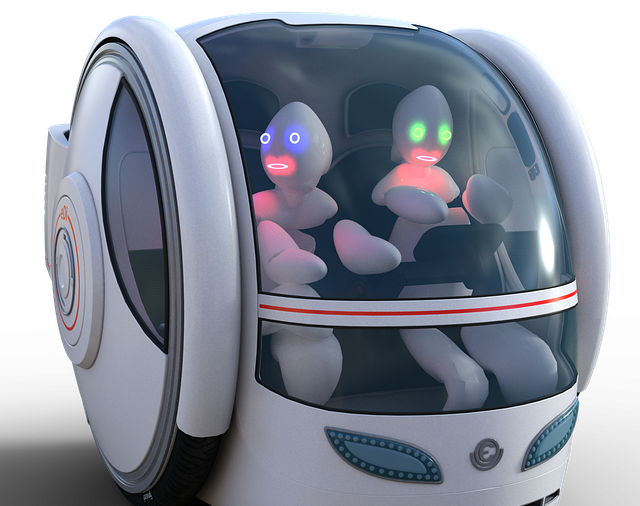If we asked you to name one good reason for driverless cars, you would probably say safety. If 90% of crashes are caused by human error, eliminating humans should reduce the chance of crashing. In fact, experts say we could save 1.2 million lives each year because driverless cars are so safe.
Comparing the abilities of human drivers with those of self-driving vehicles is like trying to compare apples with oranges.
Collision rates v non-collision rates
Statisticians say you cannot determine a crash rate without knowing how many non-collisions also happen. Unfortunately, we tend not to notice these. One academic suggests the chances of a human driver having a crash, compared to not having a crash, could be one in a billion. You would need to measure how many times in the year you did not have a crash, compared to how many cars you could have crashed with, and how long you spent driving on the roads.
We need to establish a non-collision rate for humans and driverless vehicles for statistics about safety to make sense.
Driving routes
Another difficulty is driverless vehicles are currently tested in easy, straight, fair weather conditions when humans would be driving equally as well. How would driverless vehicles handle pouring rain, dirt roads, steep slopes, or pedestrians randomly crossing the roads at twilight? There is no testing track like actual roads, nor time to test them as thoroughly as human-driven cars have been.
We need to test driverless vehicles under usual, everyday, hazardous driving conditions to compare human ability and driverless vehicles.
Driving tests for driverless cars
Currently, California requires all manufacturers of self-driving vehicles to report annually on how many times a human had to take control because an algorithm failed. This is a very limited view of what was actually happening at the time.
A true driving test should examine:
- What algorithms direct on freeways with trucks and in local areas with animals, kids and cyclists
- How algorithms manage performance and sensor input in rain, snow or other weather
- How algorithms cope with construction zones, four-way intersections, or vehicles travelling the wrong way.
A human has relatively little trouble dealing with any of these situations once they have experience in driving. They can anticipate trouble as well as handle it in the moment. They can also make ethical choices, such as self-preservation, which would be very tricky for a machine.
What about the unexpected?
A true test of the ability of driverless vehicles would be to measure how well they cope with the unexpected. While machines have to use probability to predict whether or not something might happen, humans have their own wide experiences and natural instincts to rely on.
There is a lot more to driving a car than knowing how to operate a machine. So far driverless vehicles are just machines that know how to operate themselves.
Is it really true to say driverless vehicles are safer than human drivers? In fact, we have no idea. At best, it is too soon to tell and at worst, it undermines human ability and is an outrageous overstatement of the facts.


your opinion matters: